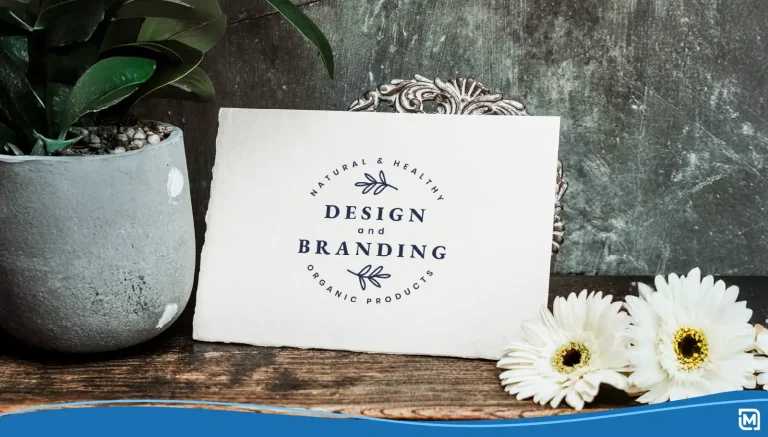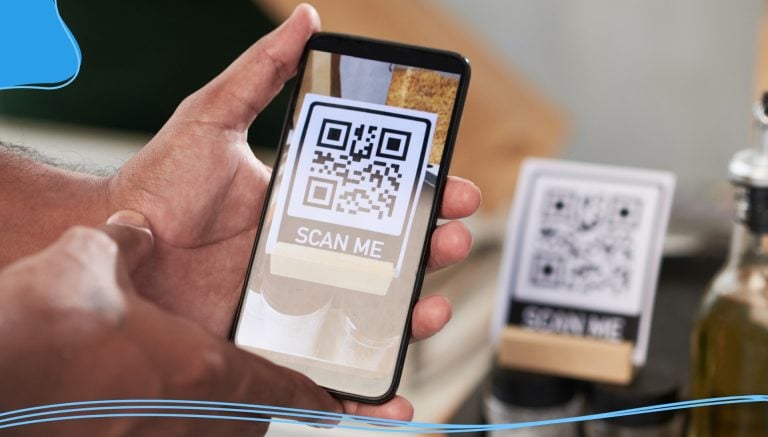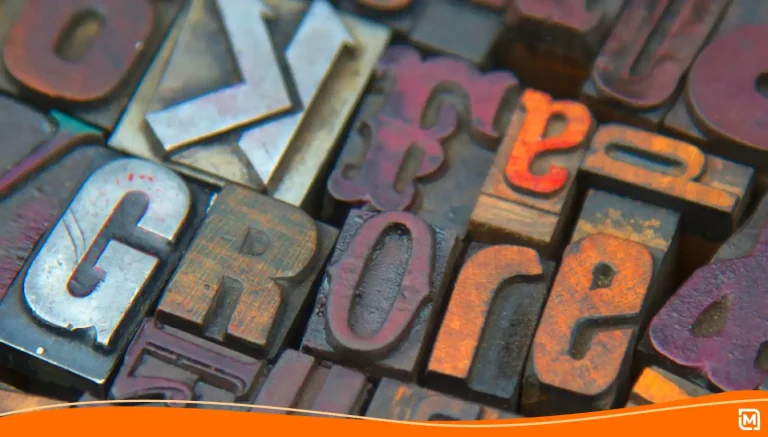As a business owner, you’re always being told that you need a strong identity. Logos are at the heart of visual branding. They have the power to create instant recognition among your audience.
Yet, it’s a challenge to measure the real importance of a logo and its impact on your small business.
Logos are certainly crucial for big brands that compete on a national or global scale. If you see a rainbow peacock, red bullseye, or blue bird, you know exactly which companies they represent. A quick glance at a familiar logo stirs up expectations and feelings about the brand, good or bad.
Over time, consumers start to see brands as social entities with a history, personality and value system. After all, people view product purchases as an expression of who they are.
Buying one product over another is often a statement of values, which keeps you connected to brands you love. But what’s the importance of a logo, and what role do logos play in forging this connection?
Why a Business Logo is so Essential
1. Logos support visual communication.
Logos may be a modern invention, but they stem from centuries of human interaction with pictures. As early as 9000 B.C.E., ancient Mesopotamian civilizations used pictograms to express ideas and track goods in agricultural settings.
As people learned more about the world around them, they created symbols to identify everything from animals and gods to places and objects. It wasn’t long before logograms emerged — vast visual languages with symbols representing literal words.
Why are pictures so potent? Symbols appeal to human memory and emotional receptors. They encourage you to recall specific emotions, activities, or experiences again and again.
Hungry? Head towards those golden arches. Need athletic prowess? Slip on the sneakers with the signature swoosh. Want to feel good about making the world a better place? Drop your cans and bottles in green arrow-clad bins.
When people agree on what a symbol means, you can use simple visuals to get a message across quickly.
2. Logos help your business and social identity.
Logos are a tool to position your business in a consumer landscape that is increasingly visual. Customers can potentially interact with your brand in a wide range of places, but you don’t always have control over how and when that happens, says author and social media consultant Mike Allton.
Logos become the face of your brand identity, so it’s essential to be professional and consistent in your image.
Whether driving past a store or scrolling through products online, people look for visuals that are familiar or intriguing. Logos are one of the few marketing assets you can put everywhere — from app icons to business cards to TV ads.
Showing up to compete is half the battle of distinguishing yourself from other businesses. Without a logo, you’re throwing away opportunities to expand your presence and strengthen your credibility.
3. Logos boost brand values and favorability.
Big companies put significant time and money into making their brands memorable, which raises a new question. Does business success determine the importance of logos, or do these mini mascots make a statement on their own?
Maybe, a quick test can help you find the answer. Try to remember the names of 10 different banking institutions. Now, visualize the logo for each business. Can you remember them all clearly? Picture a few fuzzy images? Or, are you just drawing a blank? Most likely, the banks you frequent or trust the most have the clearest brand image in your mind. No surprises there.
Logos aren’t a magic emblem that will make customers believe in your business. People hold onto information that matters to them. If you do a good job of promoting your values to the right audience, customers will believe in the meaning of your logo. Since you can’t please everyone with your product solution, some people will find your brand less memorable.
On the other hand, many market leaders don’t have an easily identifiable logo or visual identity. These businesses are successful because they have consumer trust, which is more important than a logo by itself.
As a small business, your best option is to use both strategies to your advantage. Build trust by providing good service, and use your logo to remind customers who you are and why they value you.
4. Logos enhance business differentiation.
Logos don’t have to be a literal depiction of your brand values, but they should capture the tone of your business. A good design can convey the spirit and personality behind your business model, encouraging customers to learn more about you. More importantly, logos can subtly show viewers what makes you different from similar businesses.
Think about the diverse aesthetics of clothing brand logos. The Lacoste crocodile logo is playful and laidback, perfect for a brand that’s all about casual, comfortable sportswear.
At the other end of the spectrum is Versace. The Medusa medallion logo is regal and ideographic, capturing the sophistication, luxury, and heritage of the brand.
When consumers are first discovering your brand, small details that convey your identity can make a lasting impression. Is your business innovative and tech-savvy? Fun and youthful? Rooted in tradition or artisanal craft? Committed to eco-friendly practices? The embodiment of luxury and style?
Use logos to attract customers who value your approach to business.
5. Logos build brand recognition and social engagement.
If you have an established business, you might wonder if the importance of logo design is overrated. Does a visual identity matter if you already have strong relationships with customers?
Well, consider how political candidates build a campaign. Politicians start off with strong support, but they rely on repeat exposure to solidify loyalty and reach new audiences. Whenever supporters see a campaign poster or hear a familiar slogan, it reinforces their belief in a politician’s brand.
The same strategy works for logos. Repetition is how people learn and commit ideas to memory.
Another thing to consider is the role of social media in reaching customers. If you’re active on social media, have a business app, or support online ordering, your interaction with customers is often reduced to a logo. Consumers are frequently looking at a screen full of pictorial icons when engaging with brands.
A logo becomes a stand-in for everything customers experience while ordering, chatting, texting, or getting customer support. Do you want the face of your business to be a blank square?
Why you need a logo.
Creating a logo isn’t mandatory, and you may not lose existing customers by going without one. However, there’s a good chance you will miss moments when you could have sparked interest in a new customer.
More and more, consumers are taking control of the buyer experience. They can easily bypass businesses that aren’t working hard to get attention.
The only way to bring in a steady flow of new customers is to leave your comfort zone and go where your audience is. Make your marketing more efficient by putting your logo to work and building recognition one experience at a time.
Ready to design a logo? Try our free logo maker to easily create a new design today.



